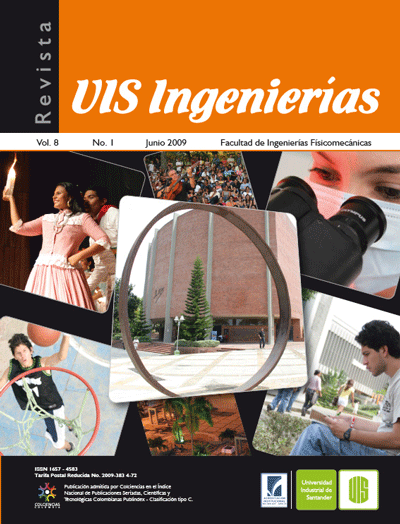Application of ergonomics in the development of a peripheral of data entry and control for disabled persons
Published 2009-07-15
Keywords
- ergonomics,
- disability,
- computer peripheral,
- social inclusion,
- user-centered design
How to Cite
Abstract
The Society should offer all possible means to help disability people to integrate into the social security system as a productive people. If the Society fails to integrate disability people into the social system. Social problems may occur as a result. In Colombia, 6.3% of the population has some form of permanent disability, a condition which requires attention and the generation of research and development of aids or equipment to enable social inclusion and employment of these people. The result of this research project is summarized in the design of a computer peripheral for amputees to half of the upper limb, which facilitates the task of handling and control of computer machines. The system was designed to implement ergonomics on the process, generating a product with quality ergonomics. This method of investigation was used in the early stages of the process, where ergonomic testing methods for the development of detailed design and usability tests were applied for determining the relevance of the result with respect to the initial target. The device will enable disability people to use their affected limb to handle and use of computers machine, promoting social inclusion in the work environment.
Downloads
References
Determinación de los factores de riesgo en malformaciones congénitas en la ciudad de Medellín. http://telesalud.ucaldas.edu.co/rmc/articulos/v2e4a3.htm . [citado 23 de Septiembre de 2008].
Caballero M.R. and Pérez C. Revista MAPFRE seguridad. Fundación MAPFRE. España. Año 26 No 102. 2do trimestre 2006. pag 42- 46.
pregúntame sobre accesibilidad y ayudas técnicas. centro estatal de autonomía personal y ayudas técnicas. España. www.ibv.org/libros del instituto de biomecánica de valencia [citado el 22-11-2007]
Proceeding of the National Academy of Science www.pnas.org.. [citada el 24 de Septiembre de 2008].
Políticas de discapacidad. Políticas del Ministerio de Protección Social artículo 6 de la Ley 361 y el Decreto 276 de 2000. www.discapacidadcolombia.com. [citado 24 de Septiembre de 2008].
JHON CRONEY. Antropometría para Diseñadores. Editorial Gustavo Gilli S.A. 1978
JULIUS PANERO. Las dimensiones humanas en los espacios interiores. Editorial Gustavo Gilli, S.A. Barcelona 1983
F. Maradei, F. Espinel, A. Peña. Datos Antropométricos para el Diseño. Publicaciones UIS. 2008.
Mack, R. L., & Nielsen, J.. Usability inspection methods. SIGCHI Bulletin. 1993. vol 25, No.1, págs. 28-33.
Rubin, J. Handbook of usability testing: How to plan, design, and conduct effective tests. New York. 1994
Mayhew, D. J. The usability engineering lifecycle: A practitioner’s handbook for user interface design. San Francisco, California: Morgan Kaufmann Publishers. 1999
DATUS. Como obtener productos con alta usabilidad. Instituto de biomecánica de valencia. Fundación CEDAT. www.ibv.org/libros [citado el 22-11-2007]

